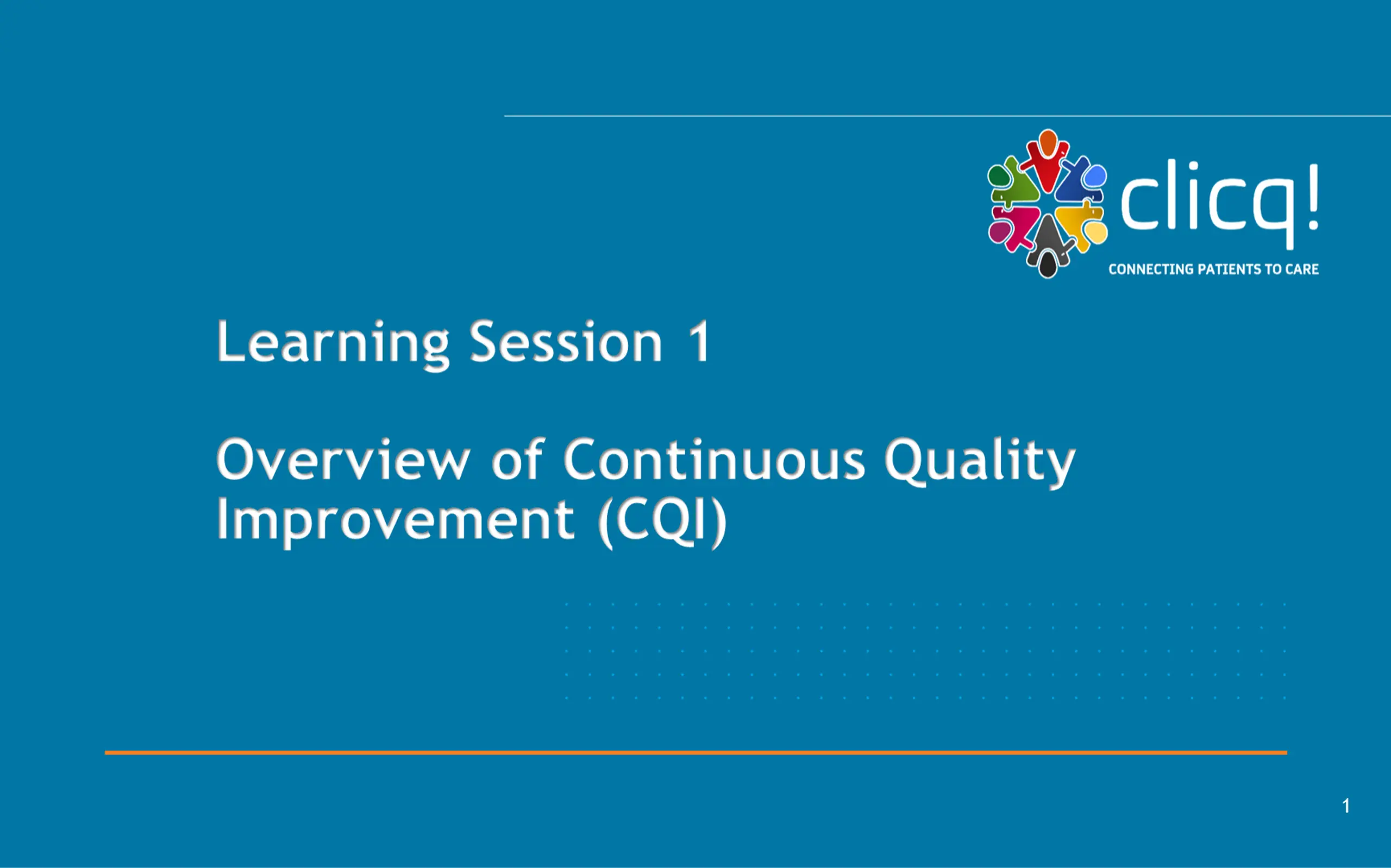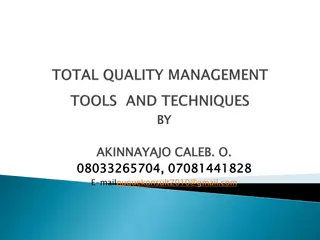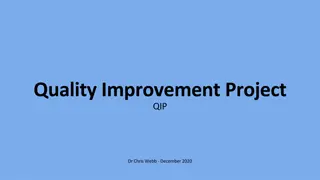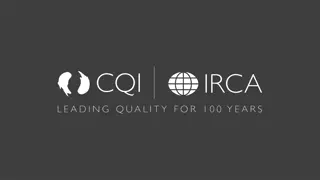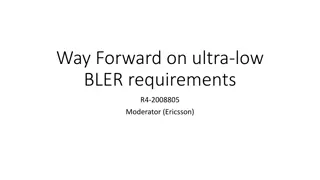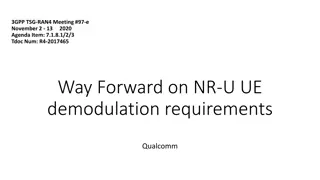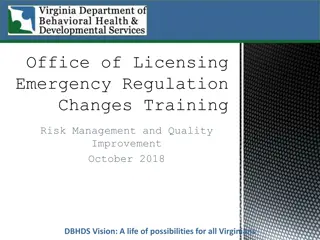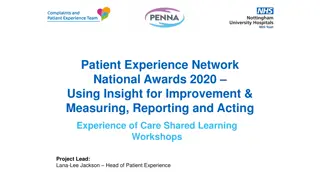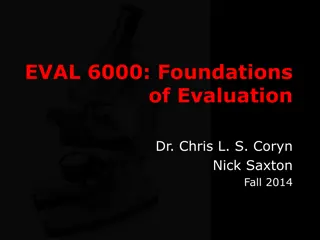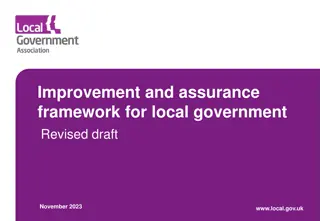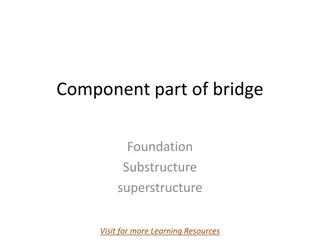Foundations of Continuous Quality Improvement (CQI)
Explore the significance of CQI in healthcare, focusing on tools, processes, and historical context. Learn how CQI drives performance improvement and problem-solving for better patient outcomes.
Download Presentation

Please find below an Image/Link to download the presentation.
The content on the website is provided AS IS for your information and personal use only. It may not be sold, licensed, or shared on other websites without obtaining consent from the author.If you encounter any issues during the download, it is possible that the publisher has removed the file from their server.
You are allowed to download the files provided on this website for personal or commercial use, subject to the condition that they are used lawfully. All files are the property of their respective owners.
The content on the website is provided AS IS for your information and personal use only. It may not be sold, licensed, or shared on other websites without obtaining consent from the author.
E N D
Presentation Transcript
Learning Session 1 Overview of Continuous Quality Improvement (CQI) 1
Learning Objectives At the end of this module, participants should be able to: Relate the historical perspective of Continuous Quality improvement (CQI). Describe the importance of CQI in healthcare, especially within the TB/HIV diagnostic cascade. Explain the need for tools to monitor laboratory processes. Discuss common CQI tools. 2
What is CQI? PURPOSE: To achieve higher levels of performance 3
Quality? Customers desire, preference and level of satisfaction is the key to QUALITY! The degree to which a set of inherent characteristics fulfils requirements. -ISO 9000:2000 5
Quality Has No Destination Has no end Requires consistency Its an attitude Involves both personal and corporate commitment 6
What is CQI? Continuous quality improvement (CQI) is a quality management philosophy that encourages all team members to continuously ask what can be done better. . . PURPOSE: To achieve higher levels of performance Though CQI's focus on people, data drives the search for problems and captures improvements. 7
ISO 15189 Defines CQI Improves effectiveness of QMS Compares performance with set targets Effectiveness of actions to be measured through objective review / assessment Should measure and improve outcomes of patient care Improvements plans should be communicated 8
Continual Improvement Develop a Plan for improvement Identify potential sources of error Implement Adjust the action plan and modify Review the effectiveness of action (ISO 15189:2012 clause 4.12) 9
CQI Principle Most Problems are Found in Processes and Systems, Not in People 10
How Processes Fail Poor design Too complex Not well understood by those who work in them Not set up to deliver what the individuals and populations require 11
Failed Processes Affect Employees as Well They get frustrated Their workload increases (more non-real work ) They can be unfairly blamed They don t get the satisfaction of doing a good job 12
Why We Focus on Processes Each process is perfectly designed to get the results it achieves Getting a better result therefore requires re- designing the process 13
The DMAIC Tool CQI Framework used by Laboratory African Regional Collaborative (LARC) 14
Quality Improvement Activities Correct or prevent poor practices Report progress to management and laboratory staff 15
Quality Improvement Activities Use available information to study: customer s suggestions or complaints identified errors from occurrence management program problems identified in internal audits ? 16
Training Modules for stoptb.org/gli/trainingpackage Xpert MTB/RIF Ultra 17
Essentials for Implementation Commitment Planning Structure Leadership Participation and Engagement Continual Improvement 18
Quality Improvement Activities Design a study so that results can be statistically measured. Post lean state for timely reporting of MTB detected/ RIF resistance detected mWRD test results Pre lean state for timely reporting of MTB detected/ RIF resistance detected mWRD test results 19
Summary 20
References WHO Laboratory Quality Management System: Handbook https://www.who.int/ihr/publications/lqms_en.pdf SLMTA Program https://slmta.org/ Global Laboratory Initiative Training Modules for Xpert MTB/RIF Ultra stoptb.org/gli/trainingpackage 21
